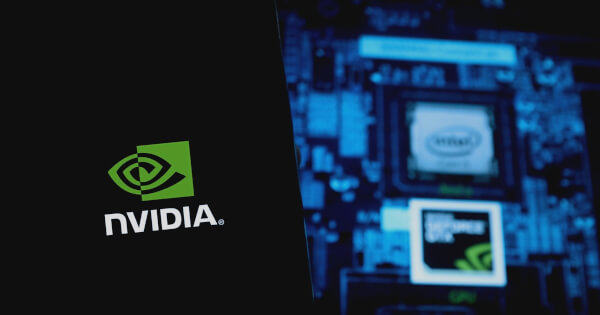Montai Therapeutics Leverages NVIDIA NIM for Multimodal AI Drug Discovery
Darius Baruo Sep 27, 2024 05:28
Montai Therapeutics collaborates with NVIDIA to develop a multimodal AI platform for drug discovery using NVIDIA NIM microservices.

Montai Therapeutics, a Flagship Pioneering company, is making significant strides in the realm of drug discovery by utilizing a multimodal AI platform developed in collaboration with NVIDIA. This innovative platform employs NVIDIA NIM microservices to address the complexities of computer-aided drug discovery, according to the NVIDIA Technical Blog.
The Role of Multimodal Data in Drug Discovery
Drug discovery aims to develop new therapeutic agents that effectively target diseases while minimizing side effects for patients. Using multimodal data—such as molecular structures, cellular images, sequences, and unstructured data—can be highly valuable in identifying novel and safe drug candidates. However, creating multimodal AI models presents challenges, including the need to align diverse data types and manage significant computational complexity. Ensuring that these models use information from all data types effectively without introducing bias is a major difficulty.
Montai's Innovative Approach
Montai Therapeutics is overcoming these challenges using the NVIDIA BioNeMo platform. At the core of Montai’s innovation is the aggregation and curation of the world’s largest, fully annotated library of Anthromolecule chemistry. Anthromolecules refer to the rigorously curated collection of bioactive molecules humans have consumed in foods, supplements, and herbal medicines. This diverse chemical source offers far greater chemical structural diversity than traditional synthetic combinatorial chemistry libraries.
Anthromolecules and their derivatives have already proven to be a source of FDA-approved drugs for various diseases, yet they remain largely untapped for systematic drug development. The rich topological structures across this diverse chemistry offer a far wider range of vectors to engage complex biology with precision and selectivity, potentially unlocking small molecule pill-based solutions for targets that have historically eluded drug developers.
Creating a Multimodal AI Platform
In a recent collaboration, Montai and the NVIDIA BioNeMo solution team have developed a multimodal model aimed at virtually identifying potential small molecule drugs from Anthromolecule sources. The model, built on AWS EC2, is trained on multiple large-scale biological datasets. It incorporates NVIDIA BioNeMo DiffDock NIM, a state-of-the-art generative model for blind molecular docking pose estimation. BioNeMo DiffDock NIM is part of NVIDIA NIM, a set of easy-to-use microservices designed to accelerate the deployment of generative AI across cloud, data center, and workstations.
The collaboration has produced notable model architecture optimization on the backbone of a contrastive learning foundation model. Initial results are promising, with the model demonstrating superior performance to traditional machine learning methods for molecular function prediction. The multimodal model unifies information across four modalities:
- Chemical structure
- Phenotypic cell data
- Gene expression data
- Information about biological pathways
The combined use of these four modalities has resulted in a model that outperforms single-modality models, demonstrating the benefits of contrastive learning and foundation model paradigms in the AI for drug discovery space.
By integrating these diverse modalities, the model will help Montai Therapeutics more effectively identify promising lead compounds for drug development through their CONECTA platform. This innovative drug operating system facilitates the predictable discovery of transformative small molecule drugs from a wide range of untapped human chemistry.
Future Directions
Currently, the collaborative efforts are focused on incorporating a fifth modality, the “docking fingerprint,” derived from DiffDock predictions. The role of NVIDIA BioNeMo has been instrumental in scaling up the inference process, enabling more efficient computation. For example, DiffDock on the DUD-E dataset, with 40 poses per ligand on eight NVIDIA A100 Tensor Core GPUs, achieves a processing speed of 0.76 seconds per ligand.
These advancements underscore the importance of efficient GPU utilization in drug screening and highlight the successful use of NVIDIA NIM and a multimodal AI model. The collaboration between Montai and NVIDIA represents a critical step forward in the pursuit of more effective and efficient drug discovery processes.
Learn more about NVIDIA BioNeMo and NVIDIA BioNeMo DiffDock NIM.
Image source: Shutterstock.jpg)
